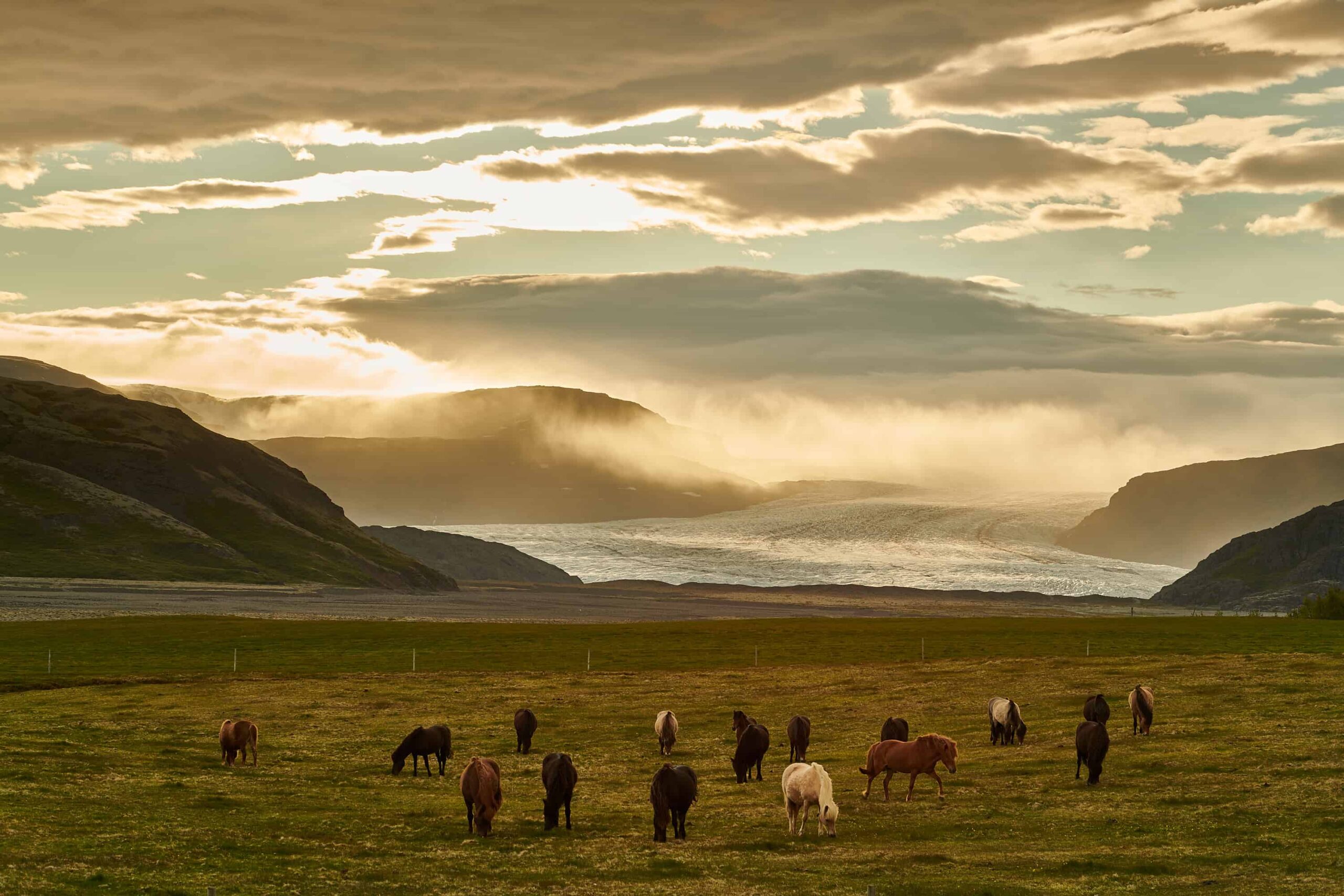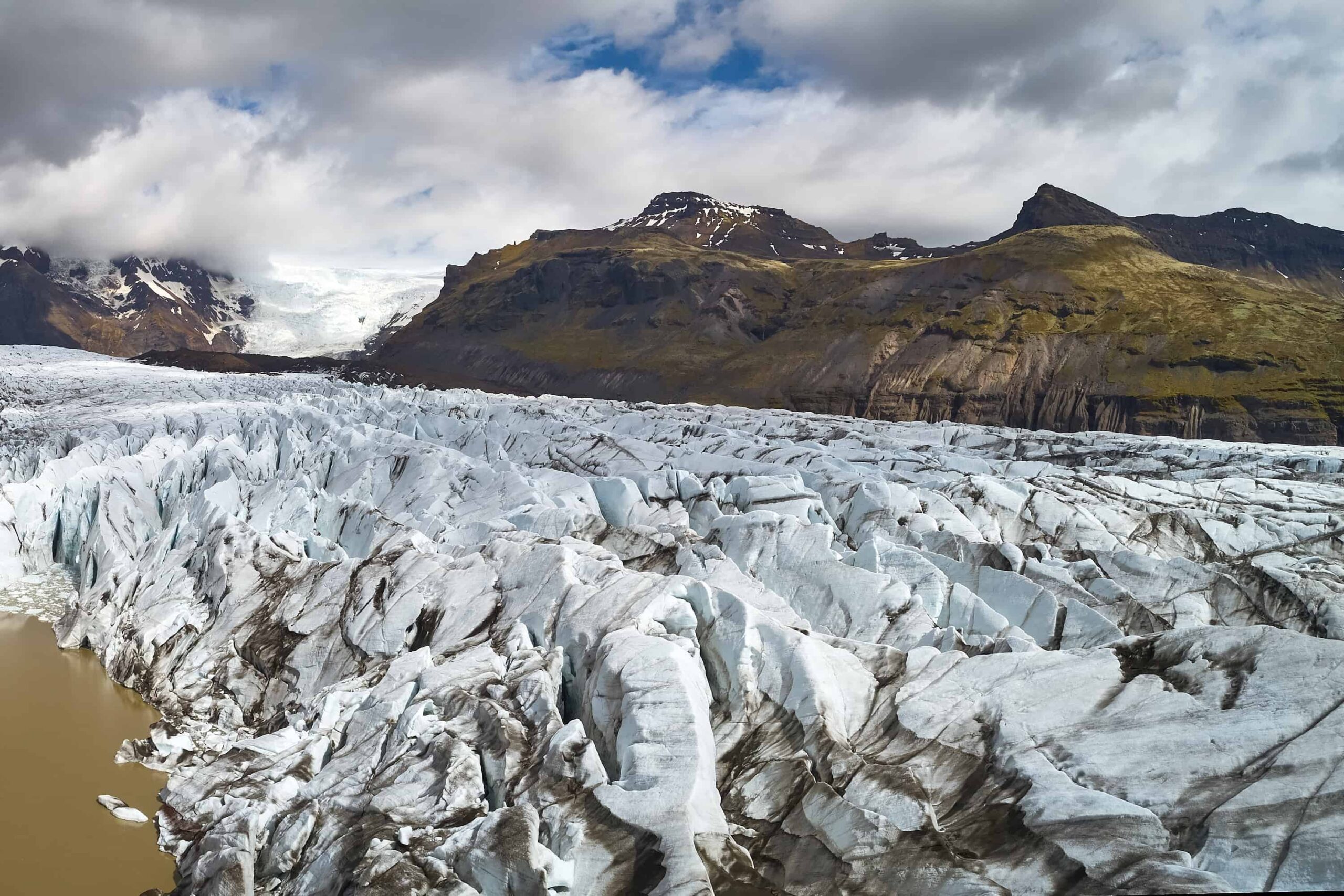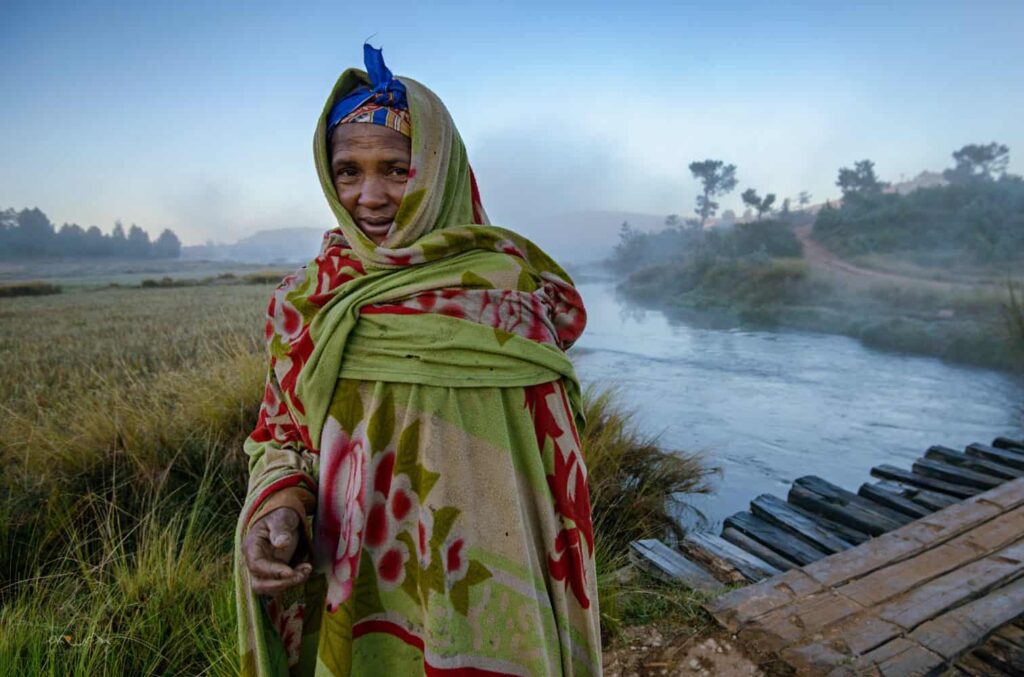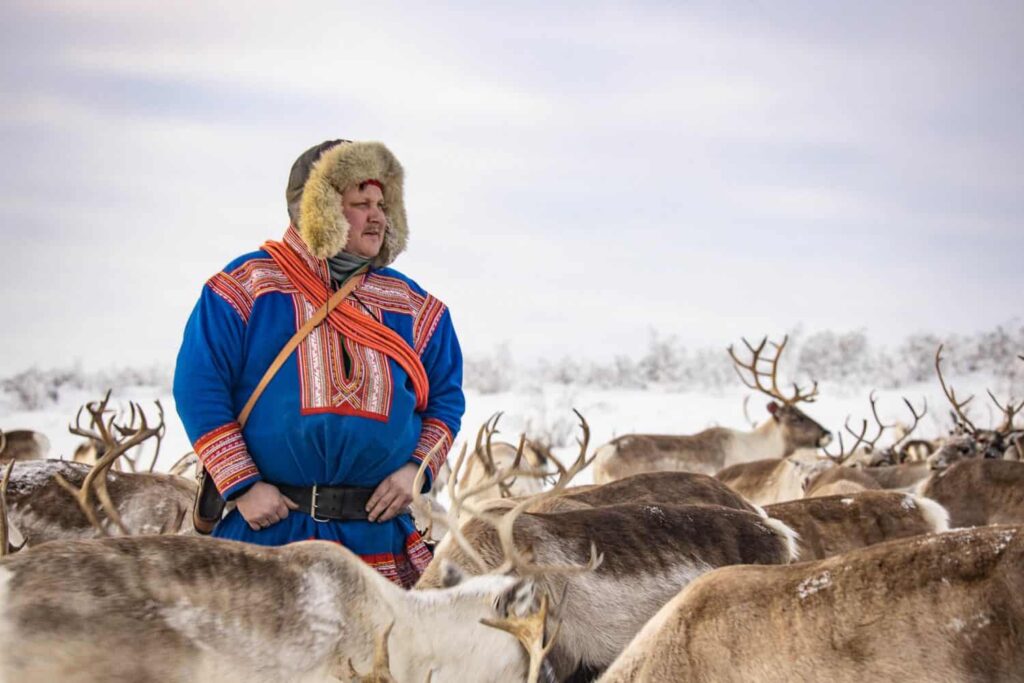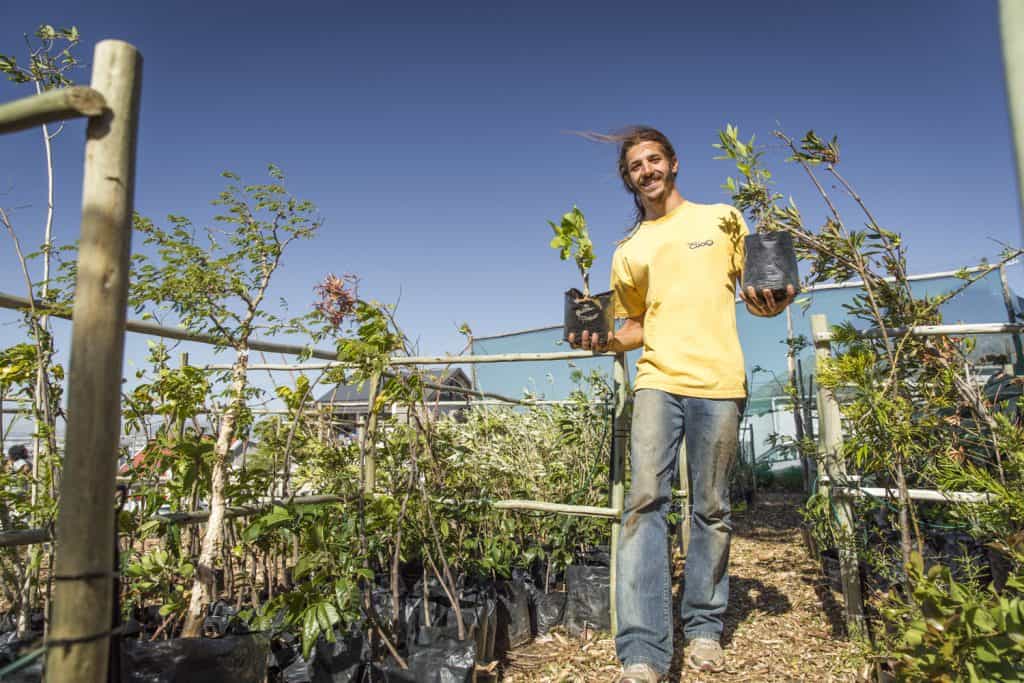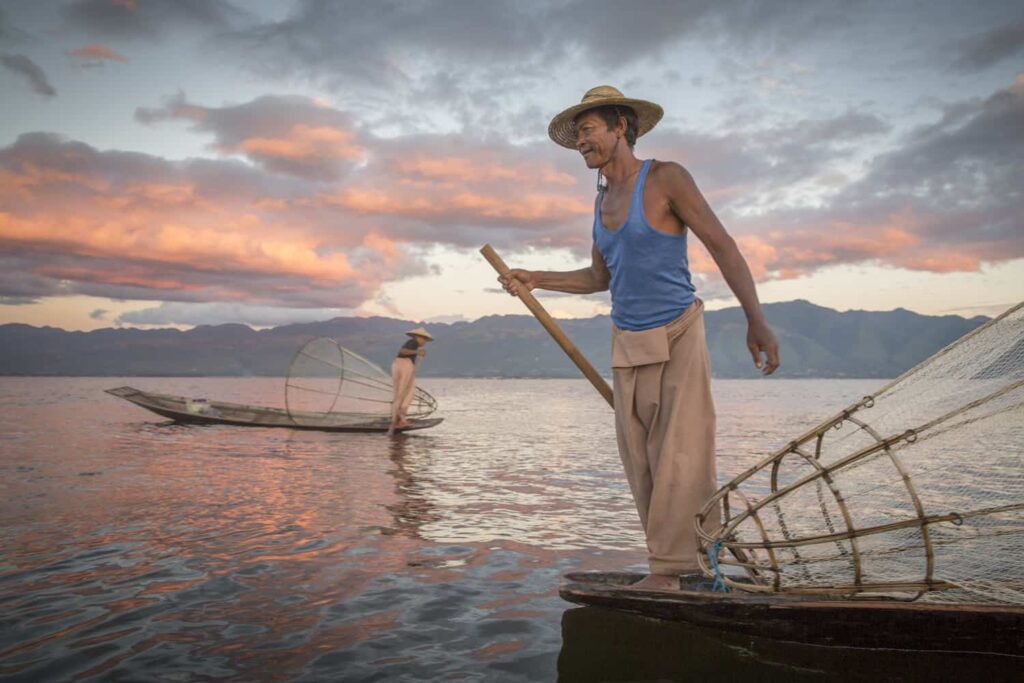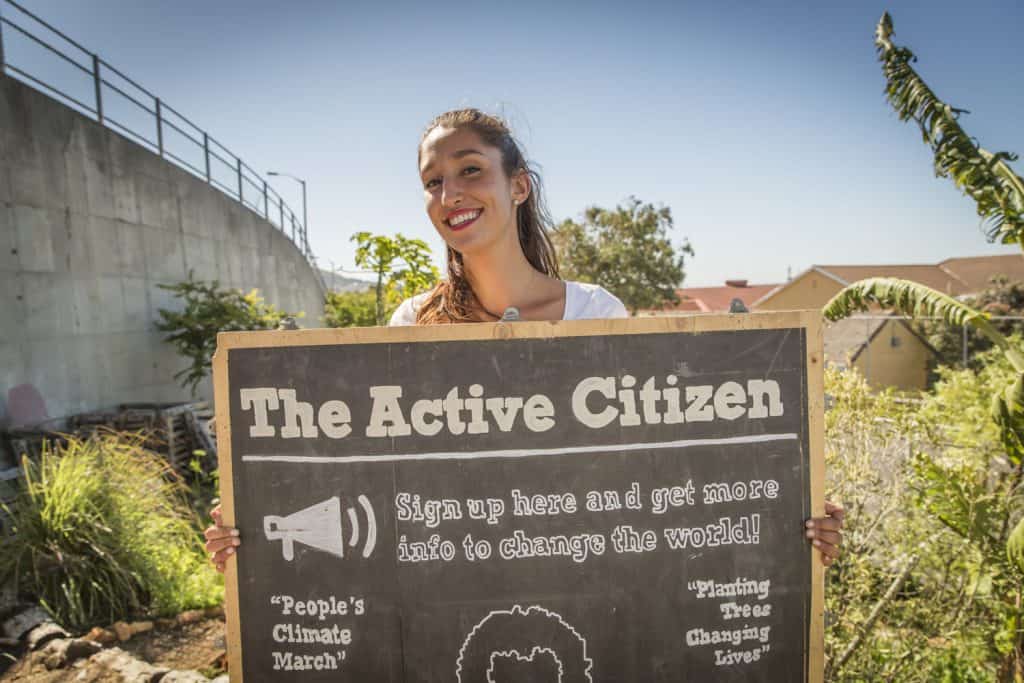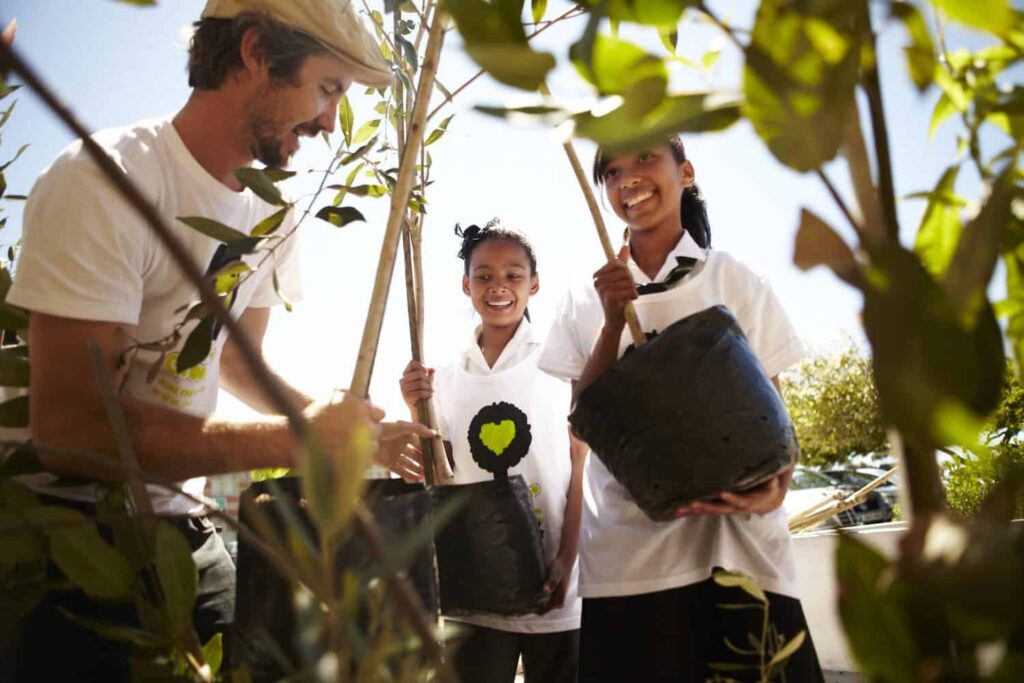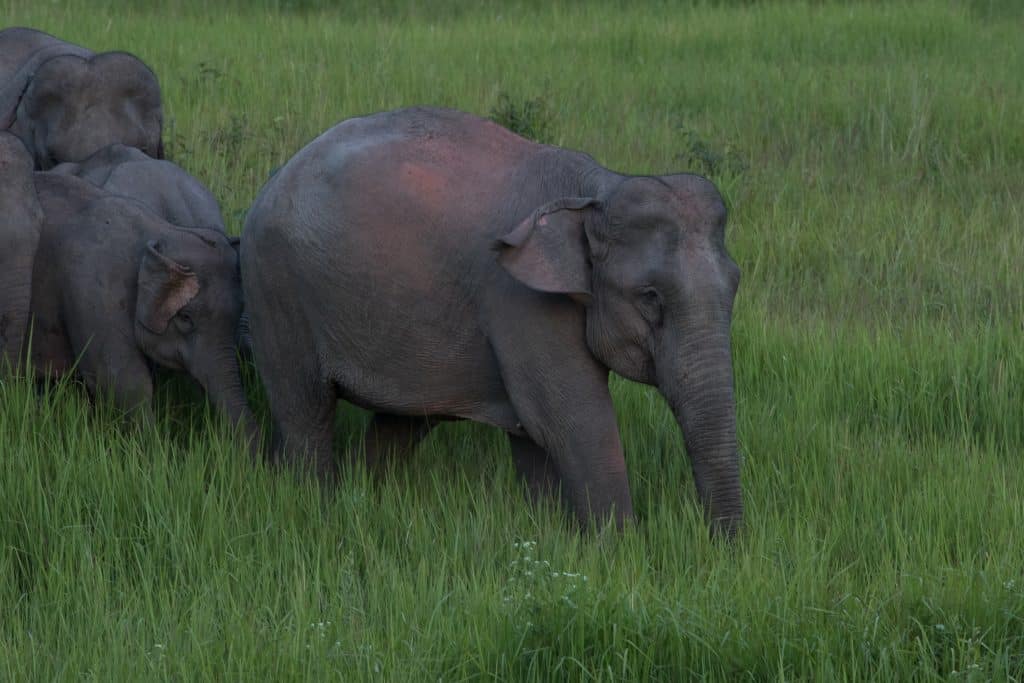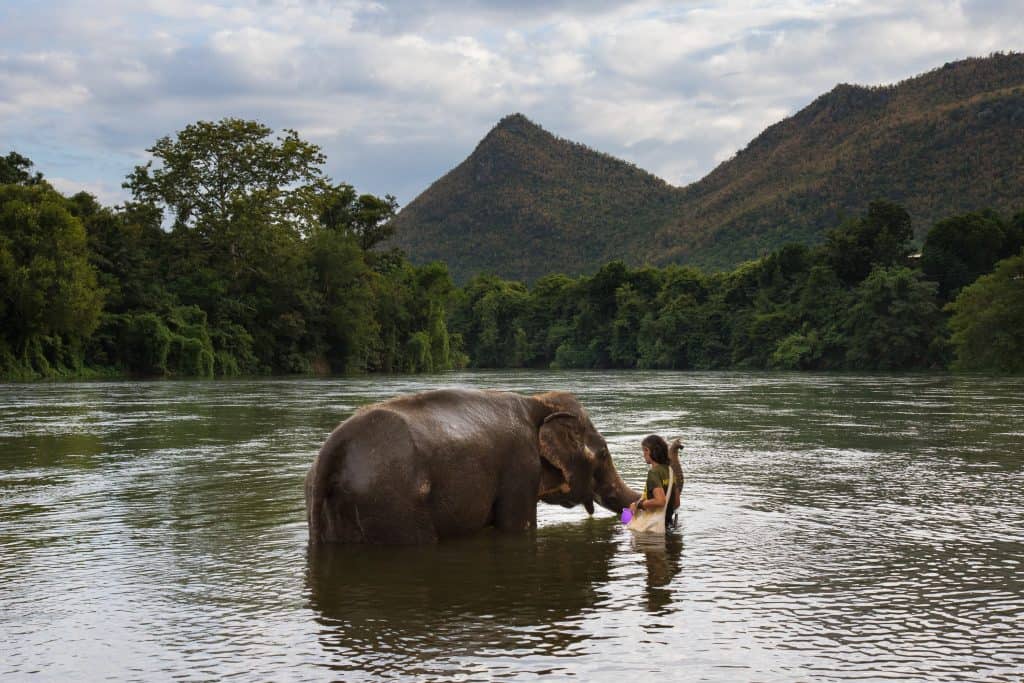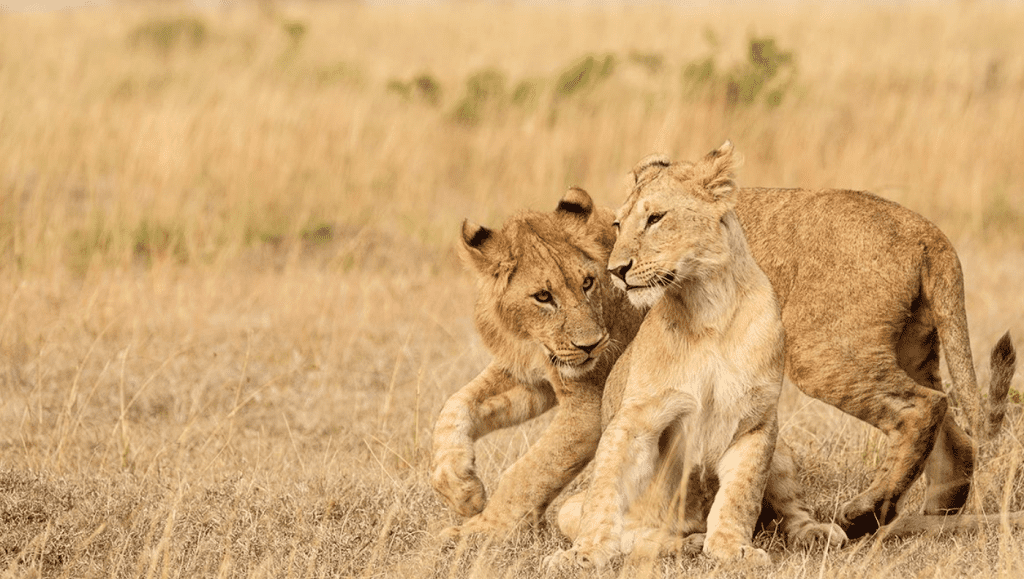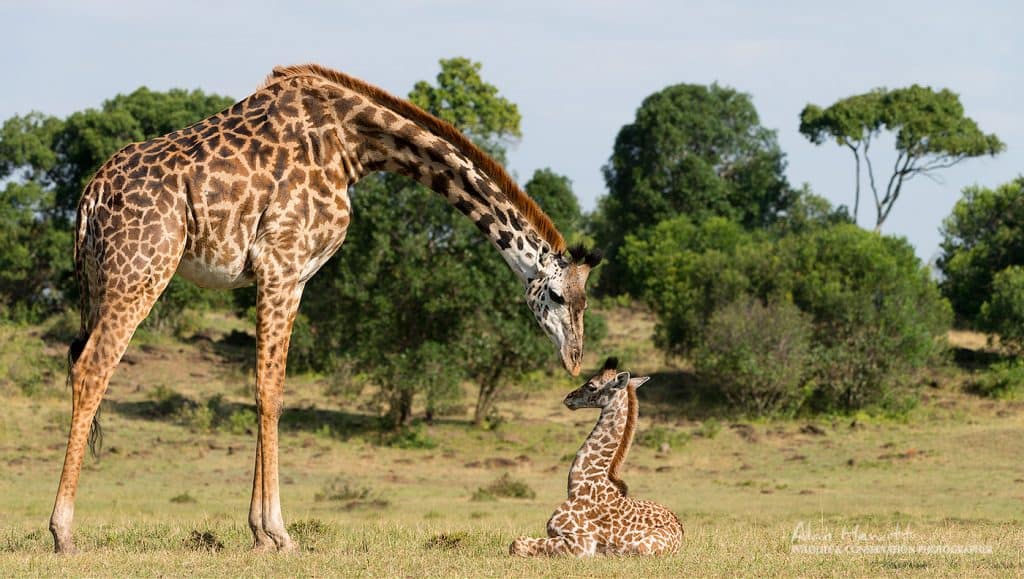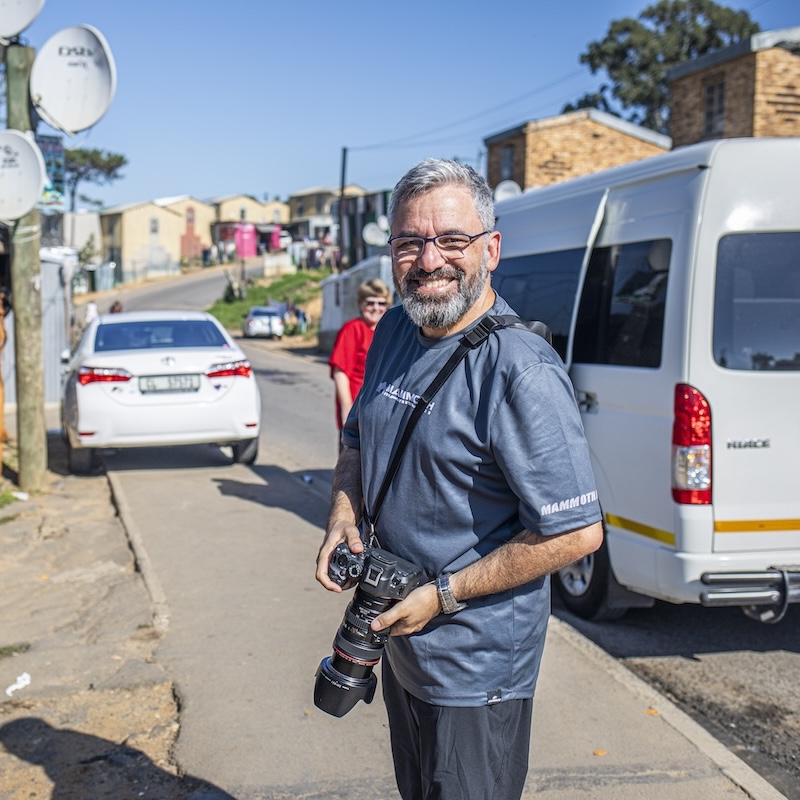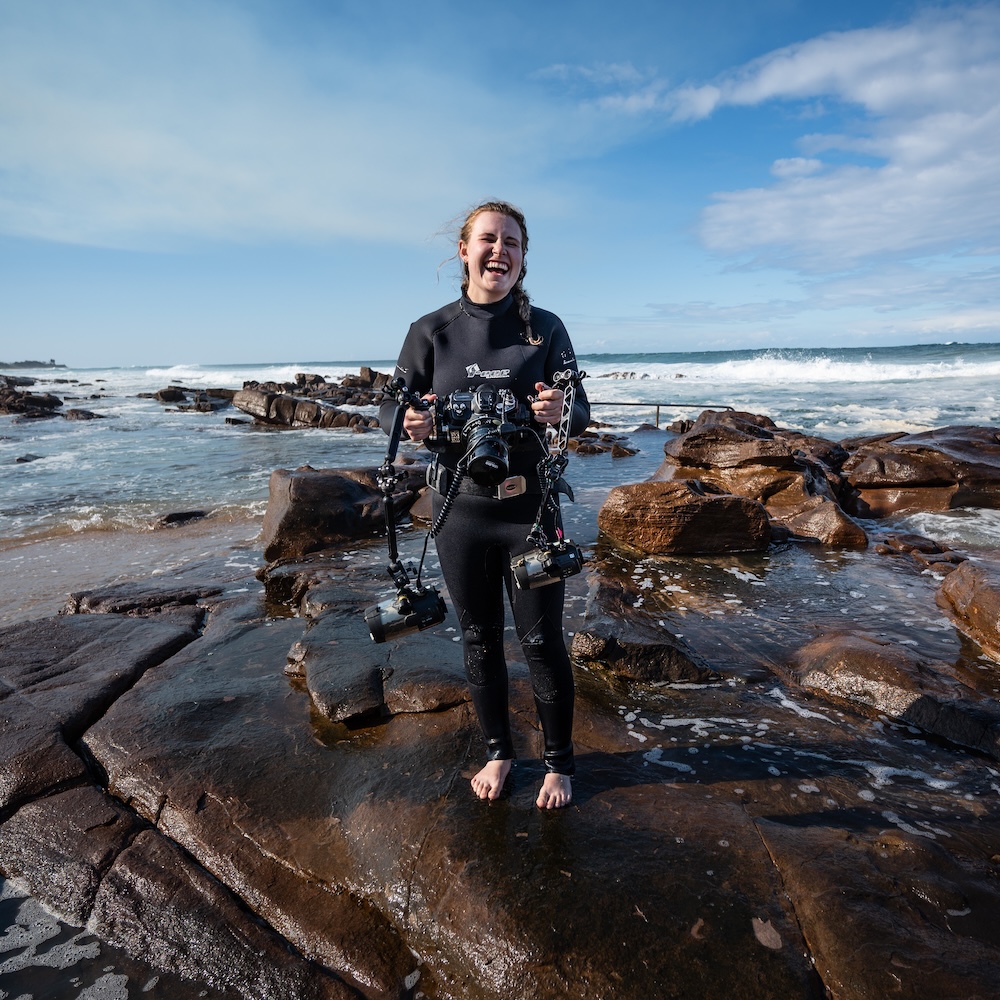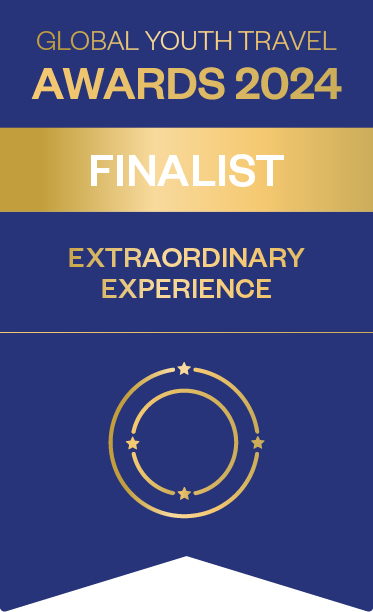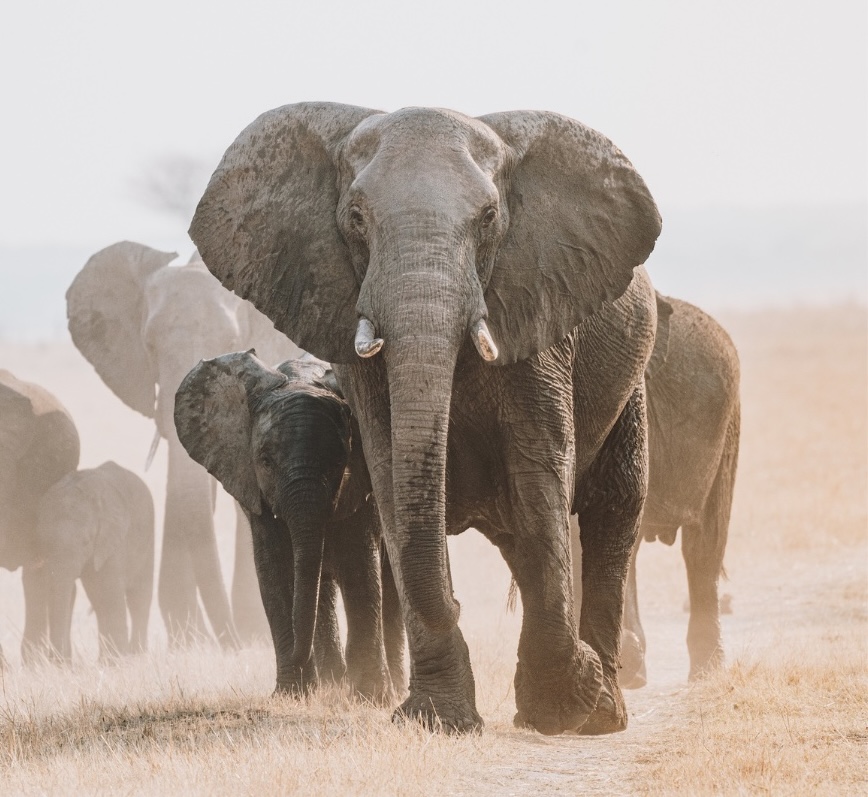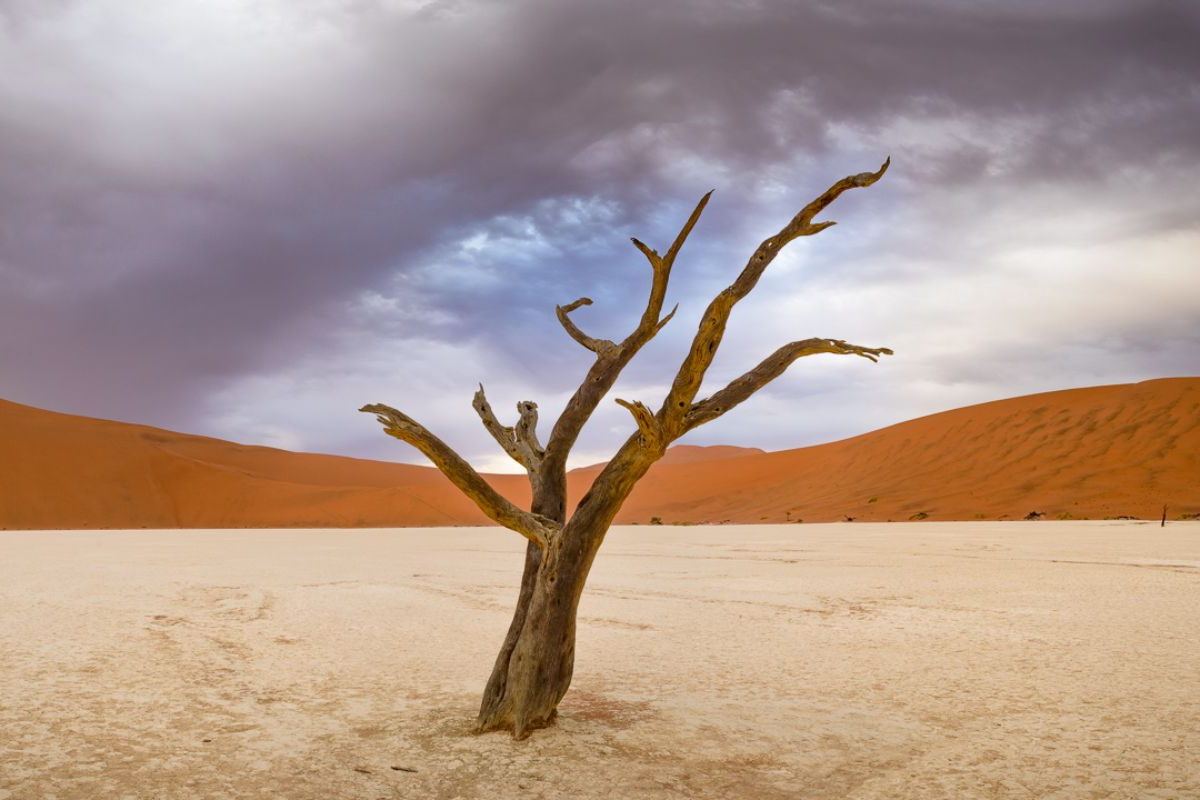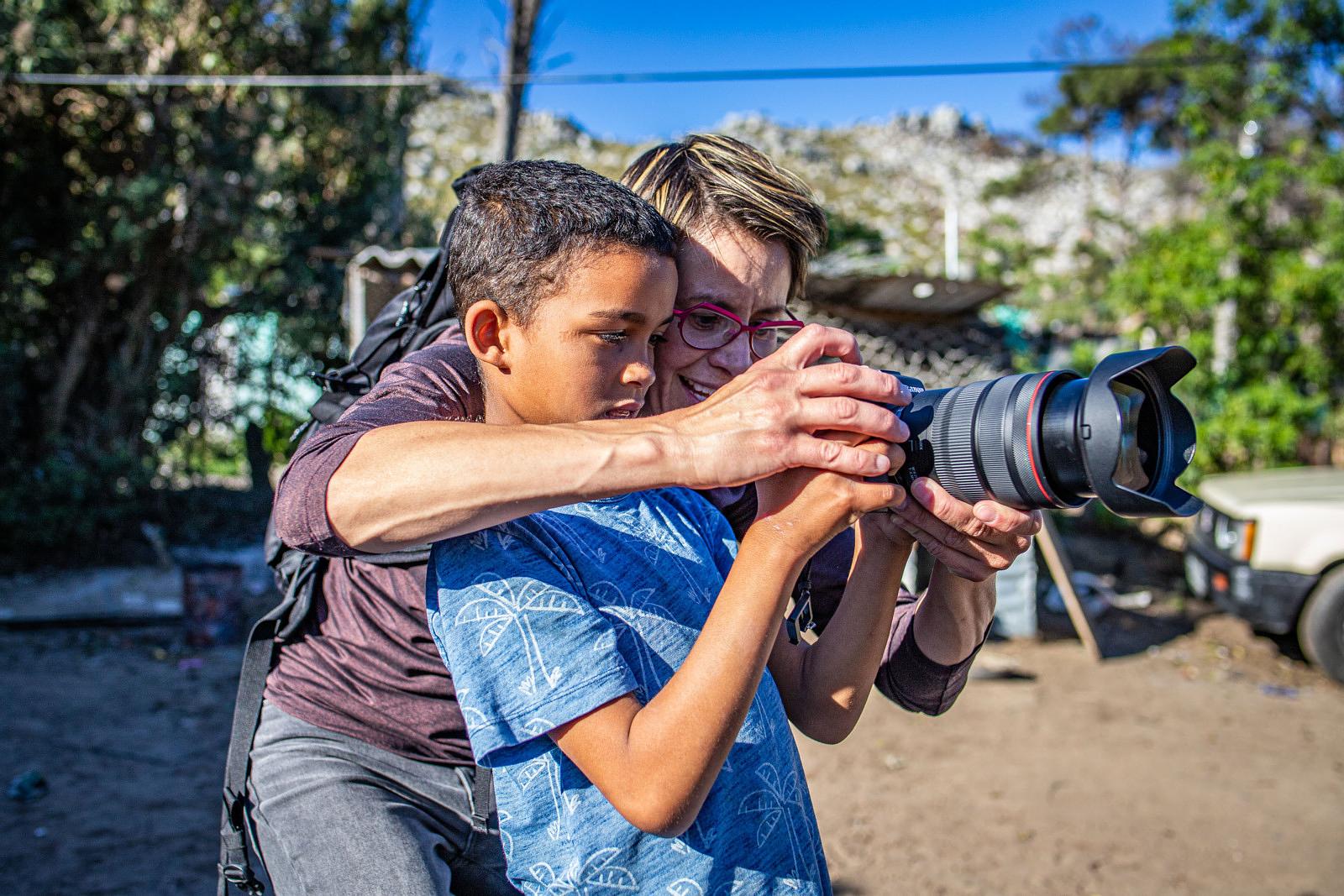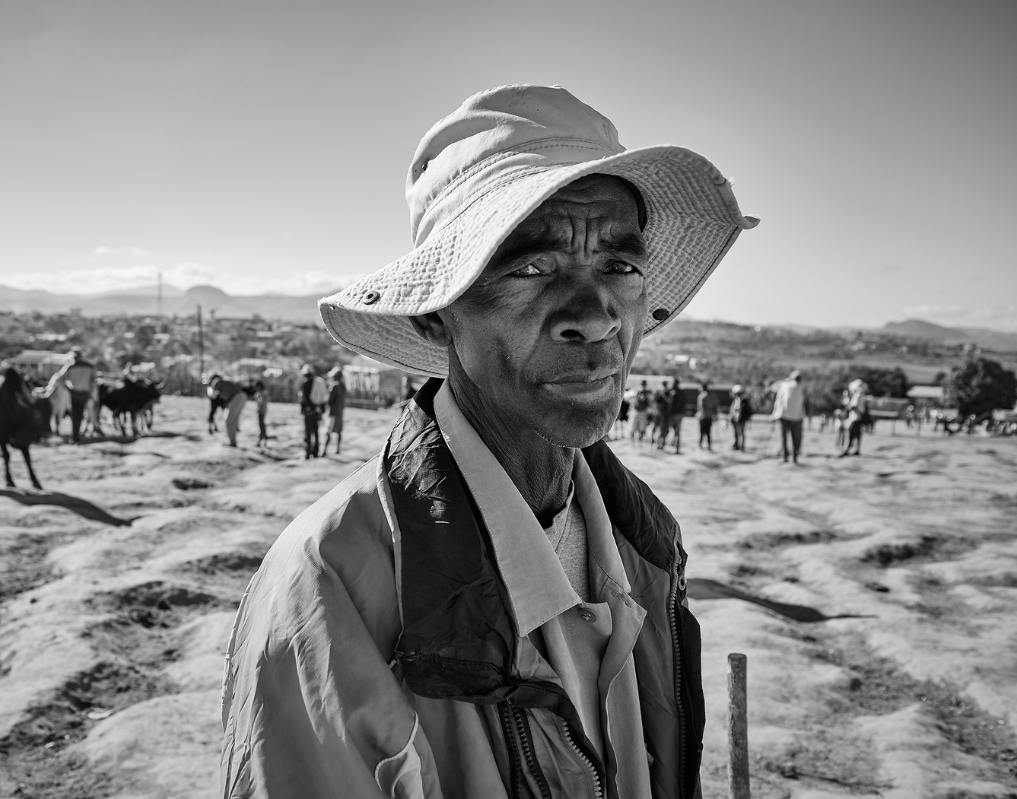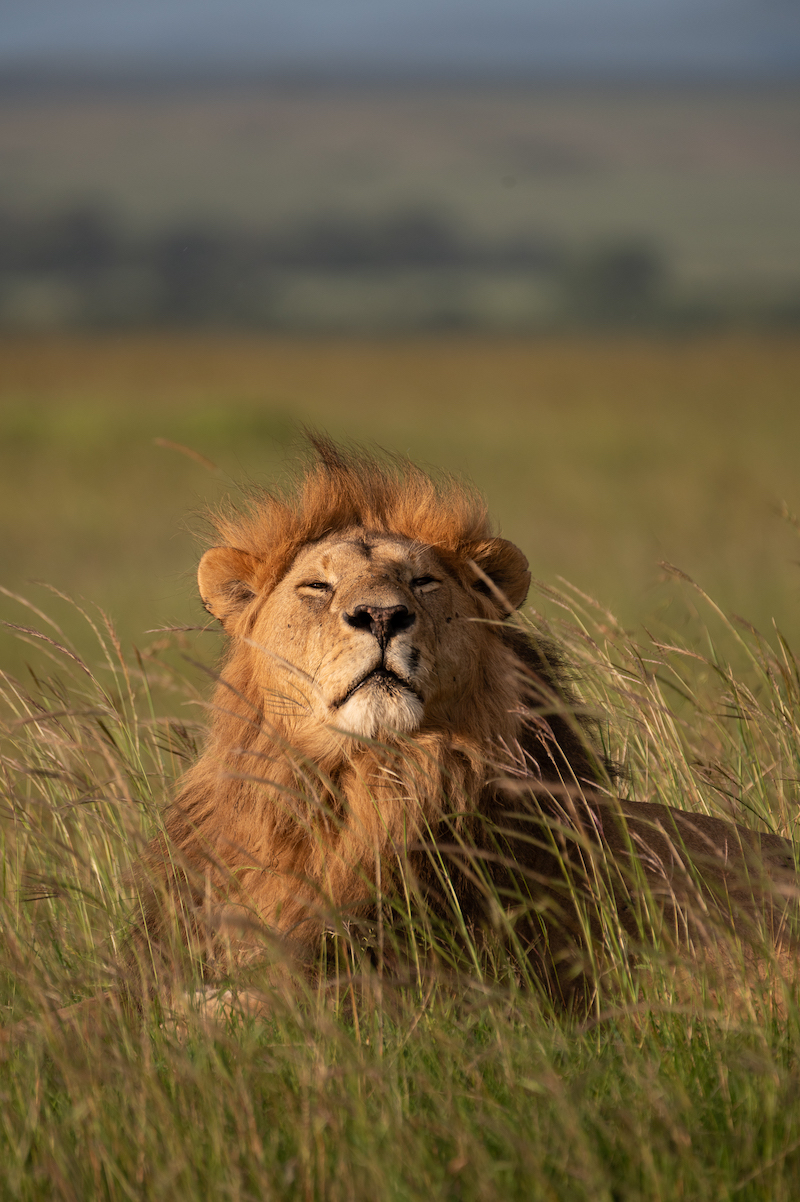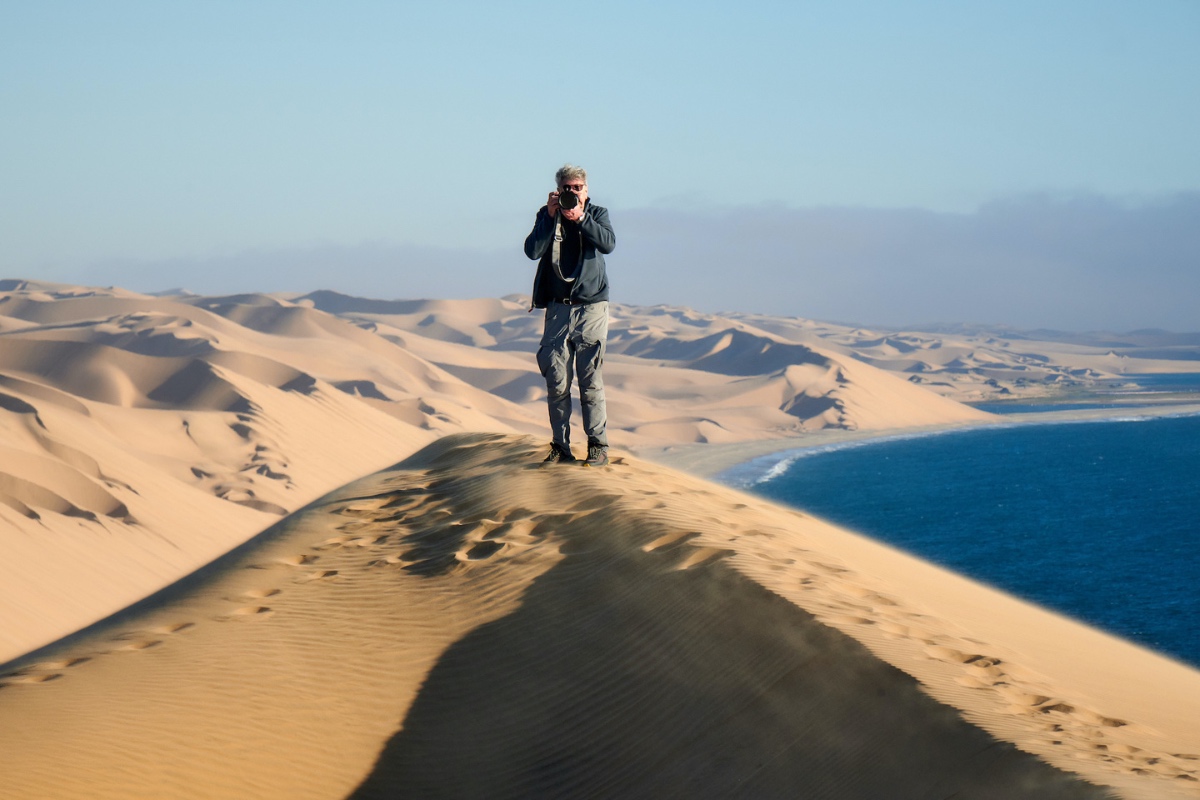How Conservation Photography Can Support The Climate Movement
On August 18, 2019, there was a memorial service for Okjökull. Okjökull, more commonly known as Ok, was formerly a glacier in Iceland. A century ago, Ok had covered over fifteen square kilometers of Western Iceland, measuring over fifty meters thick. On the date of its memorial, Ok covered barely one square km and was less than fifteen meters thick. People solemnly gathered around the remaining ice of Okjökull that day to say their goodbyes. Here, they laid a plaque that read the following words:
“Ok is the first Icelandic glacier to lose its status as a glacier. In the next 200 years, all our main glaciers are expected to follow the same path. This monument is to acknowledge that we know what is happening and what needs to be done. Only you know if we did it.”
Text by Jordan Mehling
Images by Emil von Maltitz, Sarah Isaacs, Jay Simpson, Alan Hewitt, and Barrett Hedges
Conservation Photography and Climate Change
The loss of Okjökull is only a small story in the larger narrative of climate change. Around the world, many other glaciers are at risk of sharing the same fate as Ok. Global warming is degrading ecosystems at an unprecedented rate, leaving communities of humans and wildlife alike devastated. To raise awareness for the need to protect against climate change, we need more stories like that of Ok.
Photographers, we can tell these stories through our images.
Conservation photography is a specific discipline of photography that uses photographs to advocate for environmental and wildlife conservation. As Joel Sartore, a renowned National Geographic photographer points out, the mission of conservation photography is simple: to “document endangered species and landscapes, and show a world worth saving.”
In the face of climate change, we can document a world worth saving. We have the opportunity to use the images we shoot to create conversation, to tell stories, and to highlight hope for the climate crisis. In this post, we are exploring some of the ways we can use conservation photography to tell stories and influence positive change in the climate movement.
The Challenges of Documenting Climate Change Through Photography
Effectively documenting the effects of climate change through photography is not easy. When seeking to dive into conservation photography to advocate for climate change, there are a few challenges to understand.
For one, the impacts of climate change are not exclusive to one ecosystem, one community, or one nation. Climate change is a global issue, creating vastly adverse effects on different areas of the planet. The scale of the climate crisis is unlike anything we have seen before, and in turn, extremely difficult for individuals to comprehend. Jay Simpson, wildlife photographer, and winner of the National Geographic Young Explorers grant in 2012 points out that “as one of the photographers out there covering climate change, you have to be constantly reworking it. Being aware that people can’t grasp the scale of these issues makes it a lot more difficult to tell these stories.”
From a psychology standpoint, our ears have been largely turned off from the doom and gloom messaging of climate news. Per Espen Stonkes explores this in his TED Talk, “How to Transform Apocalyptic Fatigue into Action on Global Warming.” Highlighting that “more than 80% of media articles still use disaster framings,” Stonkes argues that we have de-sensitized to the dangers of climate change as a result of “doom overuse.” The repetitive nature of the negative news cycle can often leave us feeling helpless. As a result, climate anxiety begins to kick in, and we cope by avoiding confronting the situation altogether. If we want to advocate for slowing climate change, we need to do so in a way that makes people want to listen.
Finally, much of the imagery that currently explores climate change documents it as an issue that’s distant from us. Climate photography is largely dominated by images of arctic regions. These photographs are undeniably stunning and clearly effective in showing evidence of climate change. However, only highlighting climate change in these settings makes it challenging for individuals in other environments to relate to the issue. “These types of images have their limits, they are often in places that aren’t familiar to people or so far away that they will never visit,” says Jenna Gersie, environmental educator and PhD student in Environmental Literature at UColorado Boulder.
When viewed as a distant issue, climate change becomes difficult for us to connect with it. As individuals, it is challenging to feel the urgency in a story that is not affecting our lives presently and personally. We still need these arctic images, but we also need to explore new stories that make climate change relevant to an individual’s immediate environment.
The challenge we have as conservation photographers is to find a way to reframe the climate crisis. We need to frame climate change in a way that connects people to how it affects them individually, how it affects their community and gives them reasons for hope.
The solution, Jenna, Per Espen, and Jay suggest, is to tell local climate stories.
The Power of Telling Climate Stories Through Photography
Within the global narrative of climate change, local climate stories share how the impacts of a changing climate have affected our lives personally. These stories zoom in from how climate change affects the world and instead focus on how it affects an individual. In conservation photography, telling a climate story is showing how climate change is affecting communities and ecosystems through images.
Shifting the focus of climate change from how it affects the world to the impacts it has on a community is powerful. Suddenly climate change isn’t seen as happening in a distant place, but rather as something that is happening in our backyards. It brings these issues closer to our families, to our neighbors, and our homes.
Climate stories are powerful as they can give a broader perspective on the unique effects of climate change. We can share the climate stories of those in our community, but we can also authentically share our own experiences. We don’t have to censor our emotions – we can be vulnerable in telling how we, personally, are affected. This vulnerability gives us freedom in how we present our climate stories.
As Jay highlights, “some of the most powerful images are the ones that are the most difficult. They challenge us to react, and hope that reaction leads to change.” From images of ecosystem devastation to the community impacts of increasingly severe weather, photography allows us to tell stories of brokenness. We can tell our climate story by sharing photographs of our pain. We can share the things that scare us, that hurt us, and the ways climate change already impacted the people around us. By documenting these stories, we can share the urgency of climate change on our hearts.
Contrary to disaster framing, we can also share what makes us hopeful for the future. Where “doom overuse” leaves us feeling broken and helpless, positive images motivate us and create optimism. These two theories opposing theories on how to share climate imagery can make a strong impact when combined.
As Misha Teasdale, the Founder and Tree-E-O of Greenpop, believes, “the biggest asset we have as humans is we are inclined to be hopeful. But for us to hope, to find hope, and to immerse ourselves in that, we need something to believe in.” To combat our fears and ease the climate anxiety of others, we can create a narrative of hope. Conservation photography allows us to share the often-overlooked stories of good people protecting our planet. Sharing these solution-based images can unite people under a common belief of optimism and motivate them to take positive action.
Both these styles of images tell powerful climate stories. By authentically sharing how climate change affects us, the wildlife around us, and our community, we can connect with the people within our sphere of influence in a way that is relatable to them. Photography makes these climate stories accessible. We can visually connect people who live in urban settings to how nature is being affected by a changing climate. We can tell our climate stories beyond the barriers of language or education through a single image.
Photography makes understanding the climate crisis approachable to all.
How Can I Start Telling These Stories As A Photographer?
In the words of National Geographic photographer Jim Richardson, “If you want to be a better photographer, stand in front of more interesting stuff.” To tell powerful climate stories, we need to become immersed in our environments. We have to go out into nature and explore how climate change is affecting the wildlife around us. We need to seek out how climate change is affecting our communities and involve ourselves in sharing those stories.
Beyond this, we need to understand that climate change isn’t just an environmental issue, but also a social issue. Learning the basics of intersectional environmentalism essential to understanding the climate crisis. As storytellers, we must give platforms to people who do not often get to have them. By diversifying the climate stories that are out there, we can help others to understand how climate change will adversely affect different communities and come together to support those communities.
As Jay suggests, start by giving yourself an assignment of telling a climate story. When seeking out local climate stories, asking the following questions can be helpful:
- Where can I see climate change happening in my community?
- What does it look like locally?
- Who is the most vulnerable and likely to be impacted by this?
- How can I listen to them and help tell this story?
- How are people in my community coming together to solve this problem?
- Who needs to hear this climate story?
The power of photography comes from the ability to create conversation from images. Use your photographs to create climate conversation. Highlight these images in places that don’t have many climate stories. To advocate for climate protection, we need to reach people who aren’t already involved in the climate movement. Publish your images in your local newspaper, donate them to a local nonprofit, or foster a conversation with them on social media. Even further, consider sharing them on an online climate story platform such as Connect 4 Climate.
Beyond your local community, consider adventuring on a conservation photography trip. Not only is it a fantastic opportunity to capture powerful images of wildlife, but it is also a meaningful way to support the protection of local ecosystems. By going on a photo safari and taking photographs of local wildlife, you are supporting an economy that protects these animals and their environment. You can use the images you capture to advocate for the protection of these species against the threats of global warming. (Be sure to compensate for your carbon emissions though!)
Further, tell the stories of people you meet on your journeys. Sharing authentic, genuine, and personal climate stories of people from other parts of the world can connect us globally. We are all in this together!
Go, Tell Your Story!
“To be in a space of active citizenry doesn’t mean you have to save the world. The only thing you should do is do the best with your time.” Misha Teasdale, Greenpop Tree-E-O
Becoming more active in the climate movement creates hope. It allows us to be a beacon of light to the people around us, showing them that not all is lost. This doesn’t mean we individually have to save the world, but we can inspire by choosing to do the best with our time.
Go and get active in telling stories! Use your identity as a photographer to create new narratives around the climate movement and inspire action. Look into how you can become greener in your photography! Do your part for the planet, and above all, do the best with your time.
Have a climate story you’d like to share? Send it to us and we’ll feature them in a later post!


